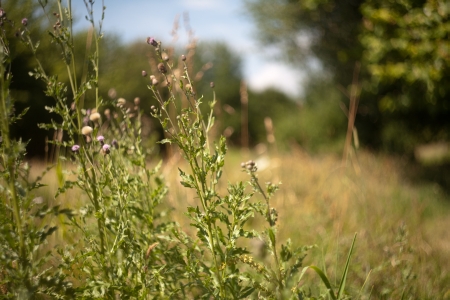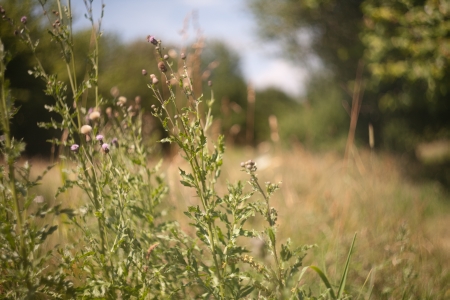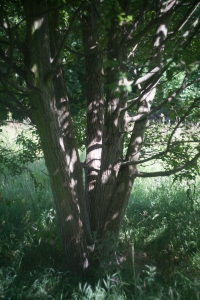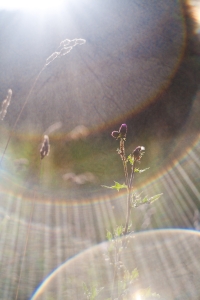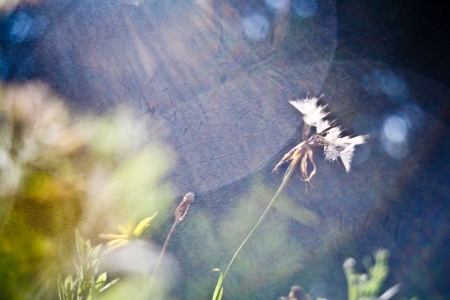How to remove the anti reflection coating of a camera lens
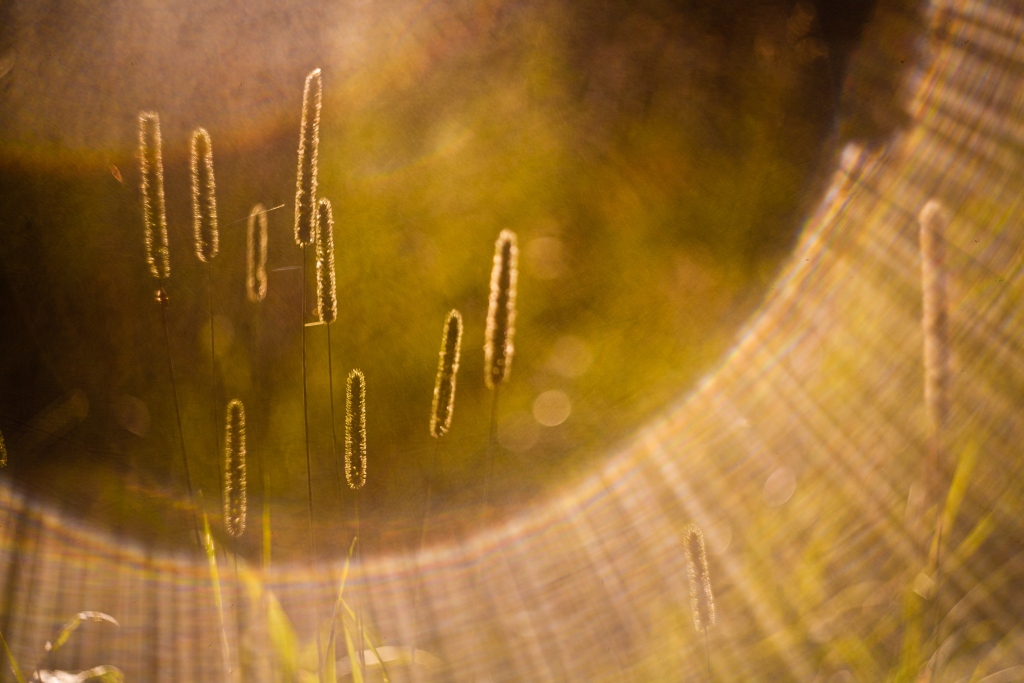
For the first test of this method I used the lens complete without disassembly. This is NOT the correct way of working.
For the real thing I disassembled the lens, in this case a Helios 44-2 58mm f/2.0. This Russian made lens is common and cheap, and easy to disassemble and reassemble afterwards.
I decided to strip all lens surfaces coating, exept between the glued lens groups.
I worked with an affixed drill and a sisal polishing wheel (for metal). The drill is fixed, and on high revolution speed.
As polishing
abrasive I used Nigrin glass polish, made for car windows. In the picture I used way too much of it.
It seems the exact description is not polishing but buffing.
Here two of the thin film coated lenses before I started the polishing:
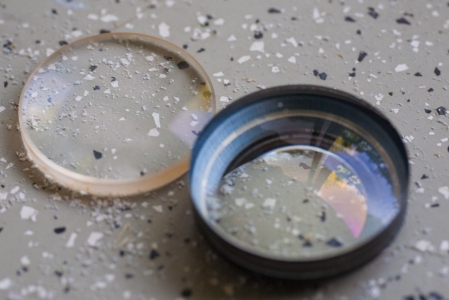
Here an image of the materials used - but with my first experiment lenses (dont work this way with assembled lens system) for scratch repair.

And here the result - lenses without the interference filter coating:
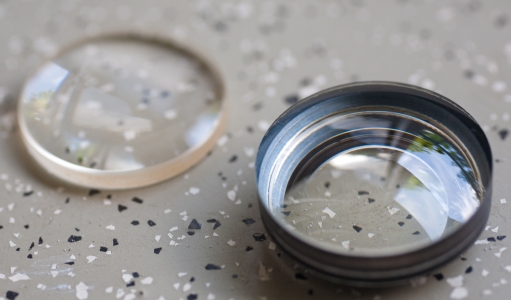
Now a comparison between a normal Helios 44 and my modified uncoated Helios 44-2:

Not the comparions image pairs, left the normal AR coated lens, left the lens with stripped AR coating.
Images made with same exposure data (wideopen f/2.0) and same Lightroom settings. The coated lens has a higher licht transmission, the image is brighter. The lens without the coating transmitts more red light - warmer colors are a results. Most likely this lens works better for infrared photography, probably it even is better for ultraviolett photography.
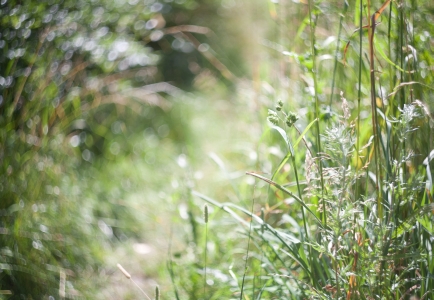
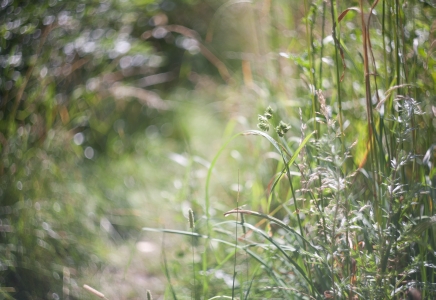
Another example. Here I have adjusted exposure in Lightroom RAW development, the bright cloud right side in the background has now about the same brightness. Shadows in the image made with the lens with removed anti-reflection coating are less dark - due to more internal reflections - contrast reduction.
Now we see the gain lens coating have: Left side the coated Helios 44 - even the old simple lens coating reduced internal lens reflectionsmuch better than the lens bare it´s coating. But this lens flares could be used for photography and video film!
But first some other more normal images made with the Helios 44-2 with DIY removed lens coating:
What are the risks of lens AR coating removal?
During production, normal camera lenses obtain a very accurate curvature, let's say a surface accuracy of about 130nm.
deep. With this lens polishing
scratches could be removed, and scratches are several micrometer thick - so the lens form tolerance is destroyed!
With this lens surface
polishing we remove the lens antireflection coating. On newer lenses, this AR coating is pretty hard. I think sometimes the glass itself might be softer - which results in a very high risk to change the lens surface shape. It is most likely that your spherical lens is aspherical after polishing - but not in the correct way to reduce spherical abberation :-)
Lens polishing during lens production is made with very exact bowls.
Please don´t remove the anti reflection coating from rare lenses - this would reduce their value extremely.
This tinkering could destroy your lens, and the machine drill or polishing machine could harm your health!
Please be careful!
And avoid polishing radioactive lenses - the fine radioactive dust would be very bad in your lung!
Which kind of image could be made without AR coating?
Please visit my other photo Do It Yourself work, or my photo repair and modification directory with ~1700 DIY links to other photo tinkering sites.
